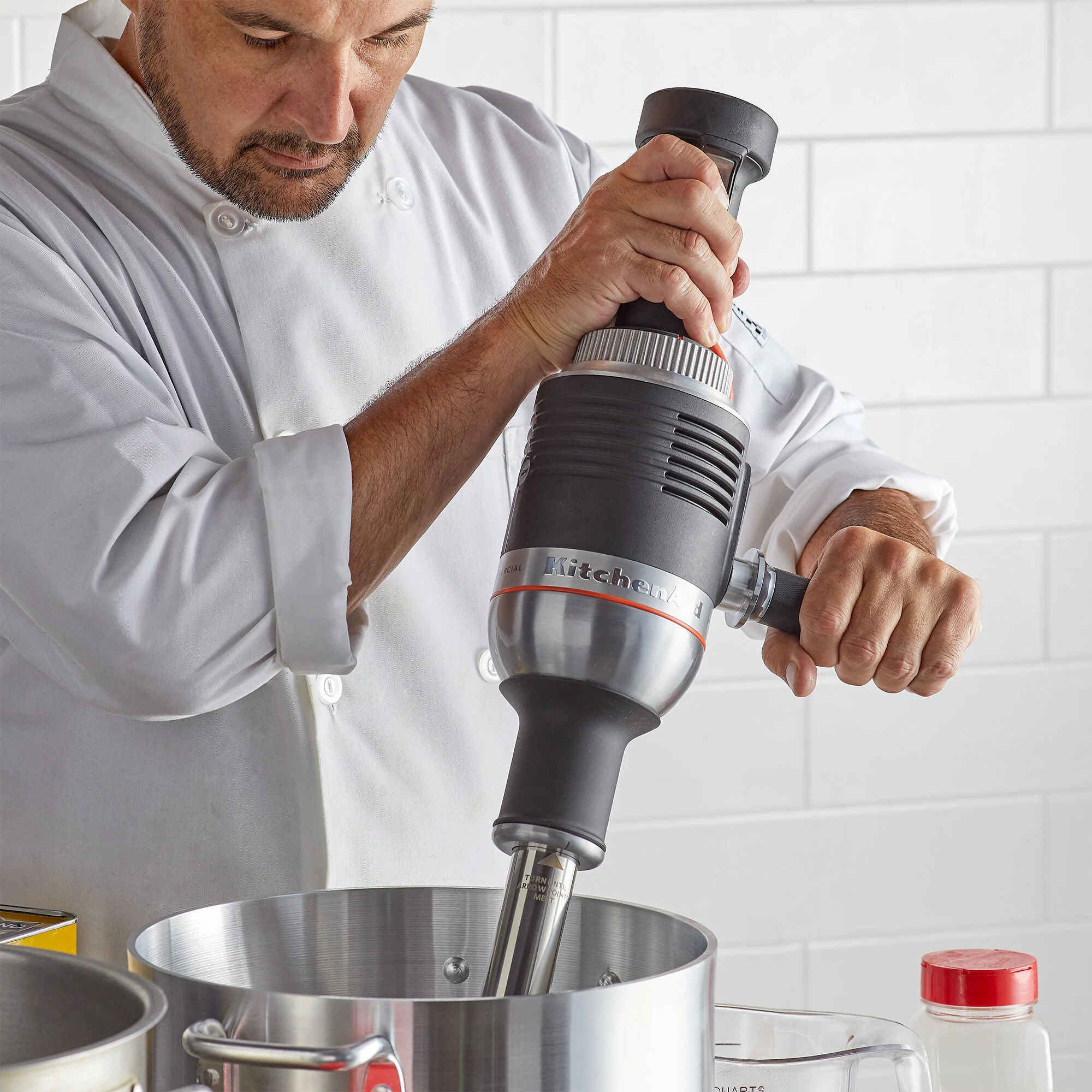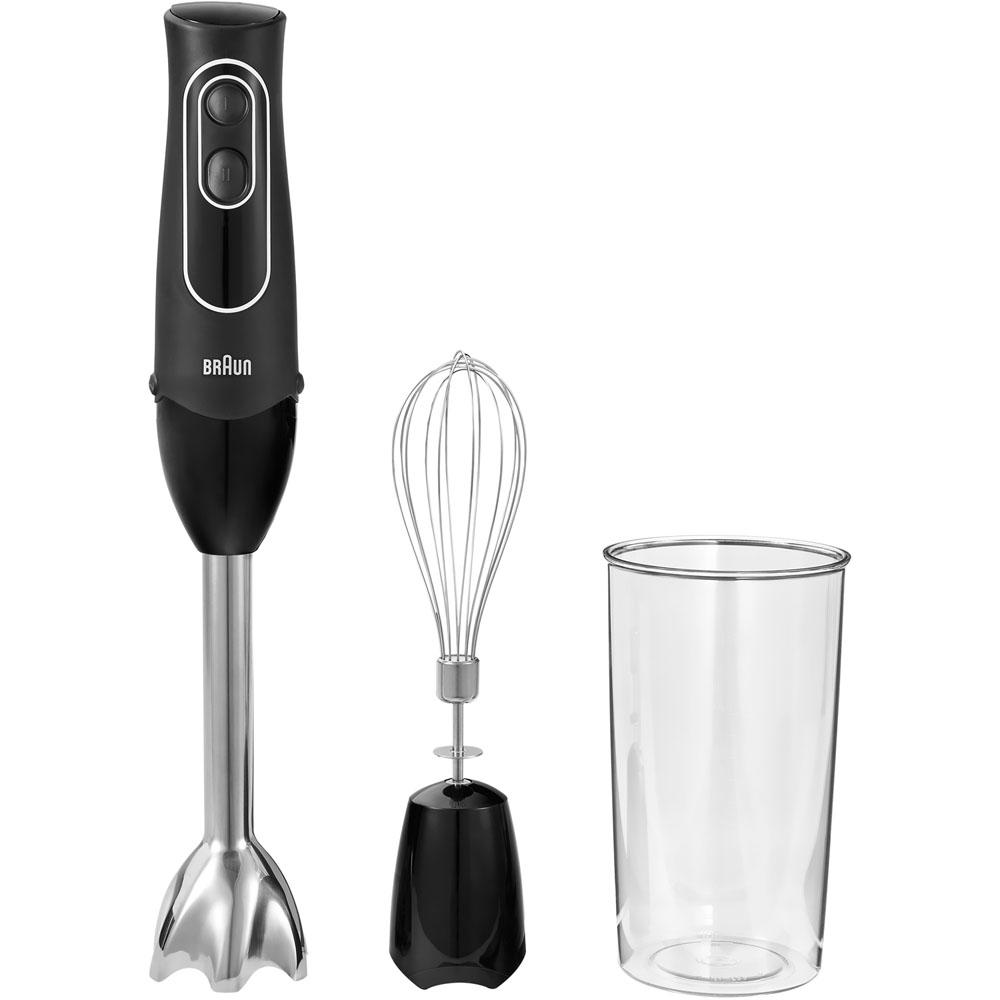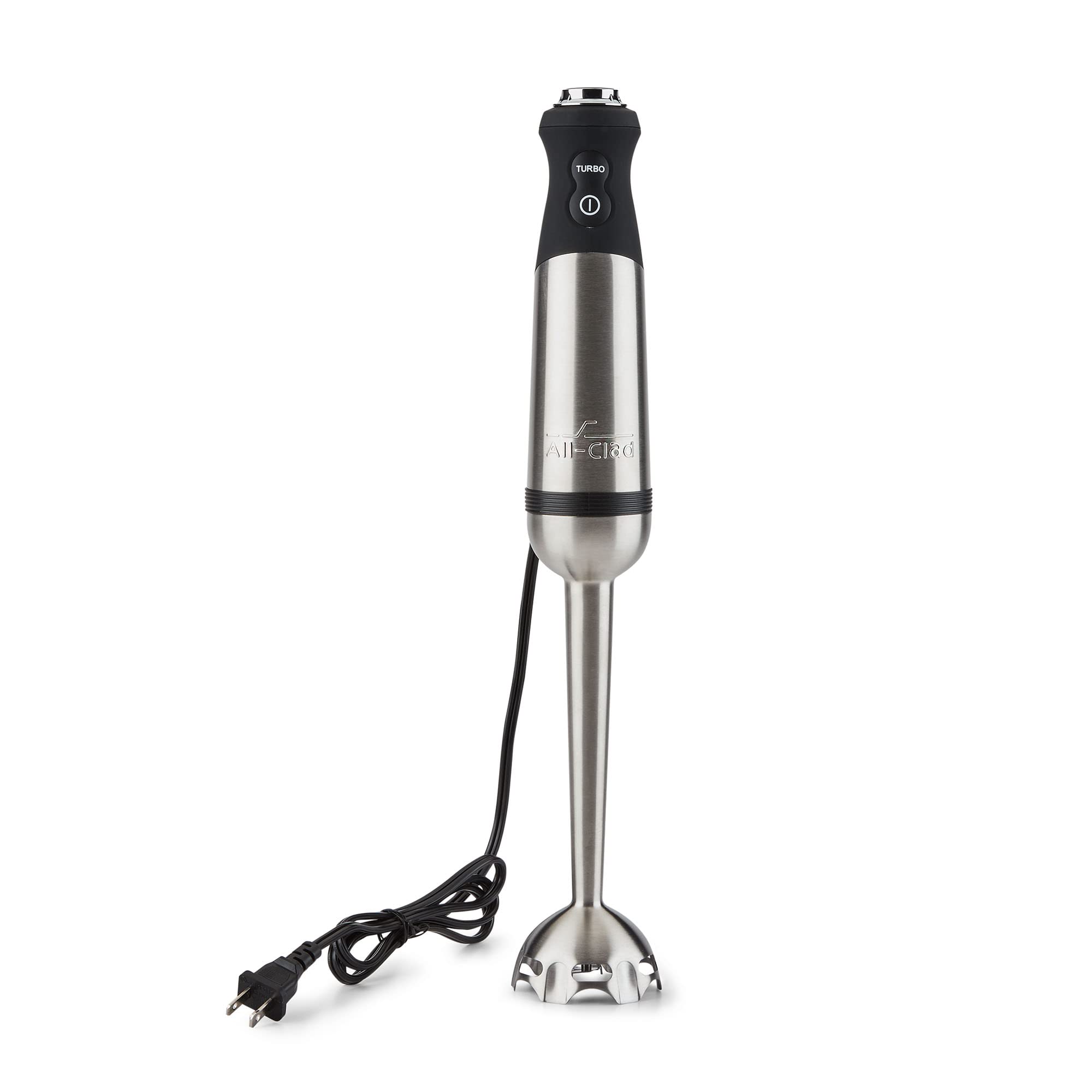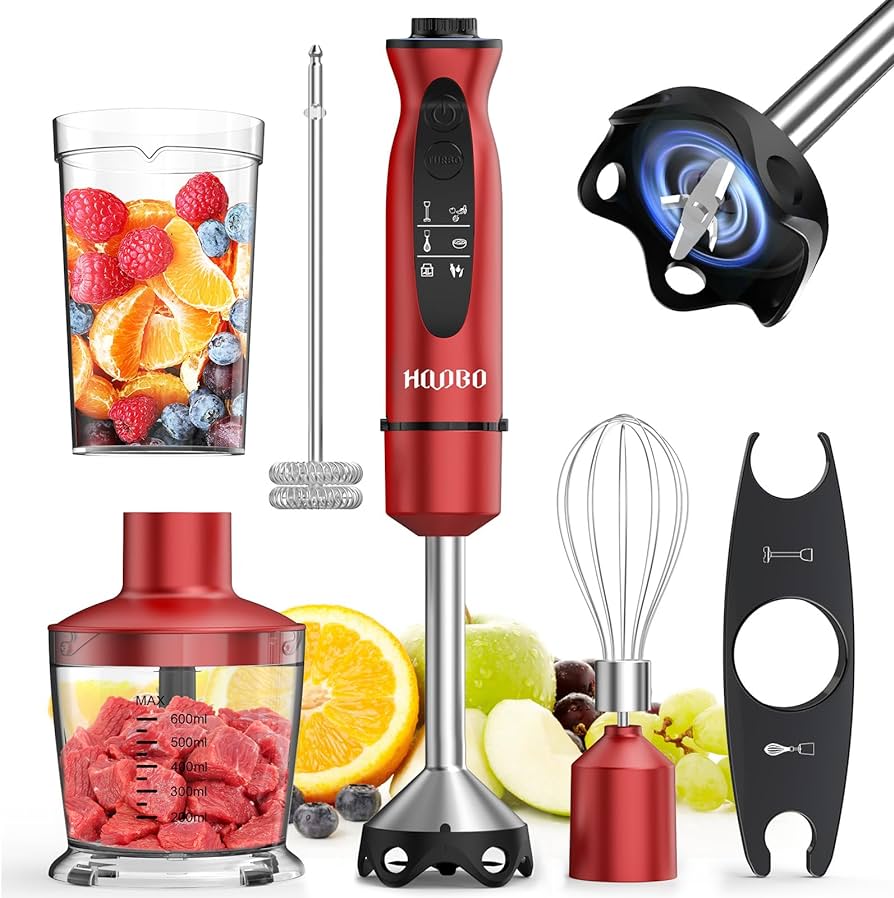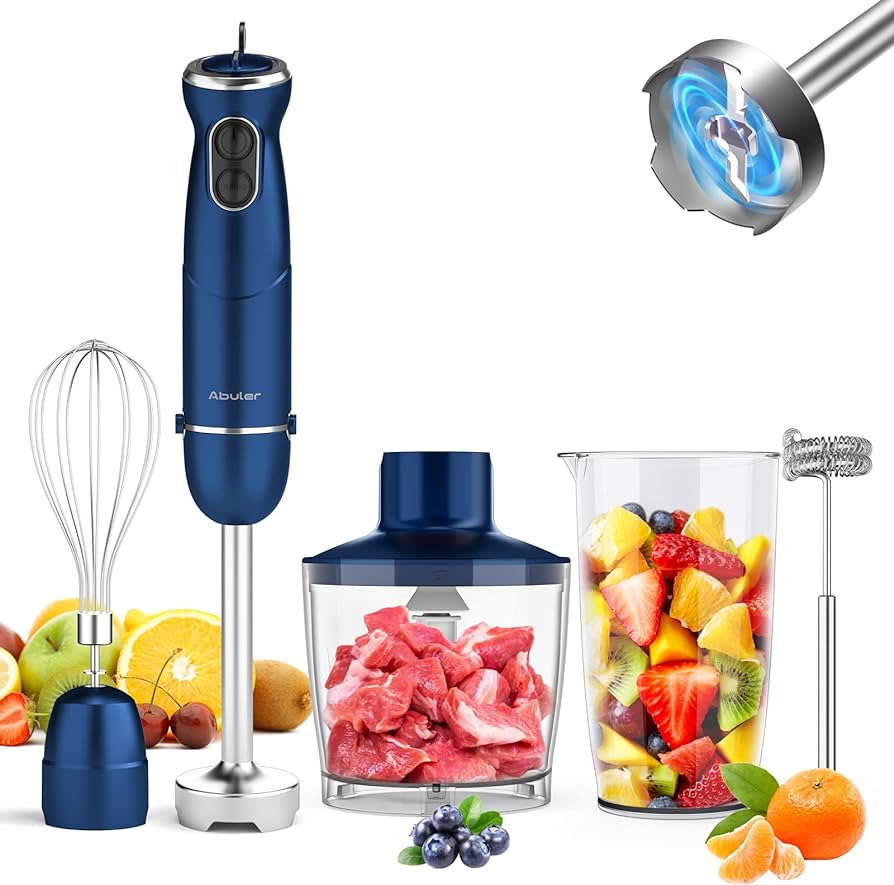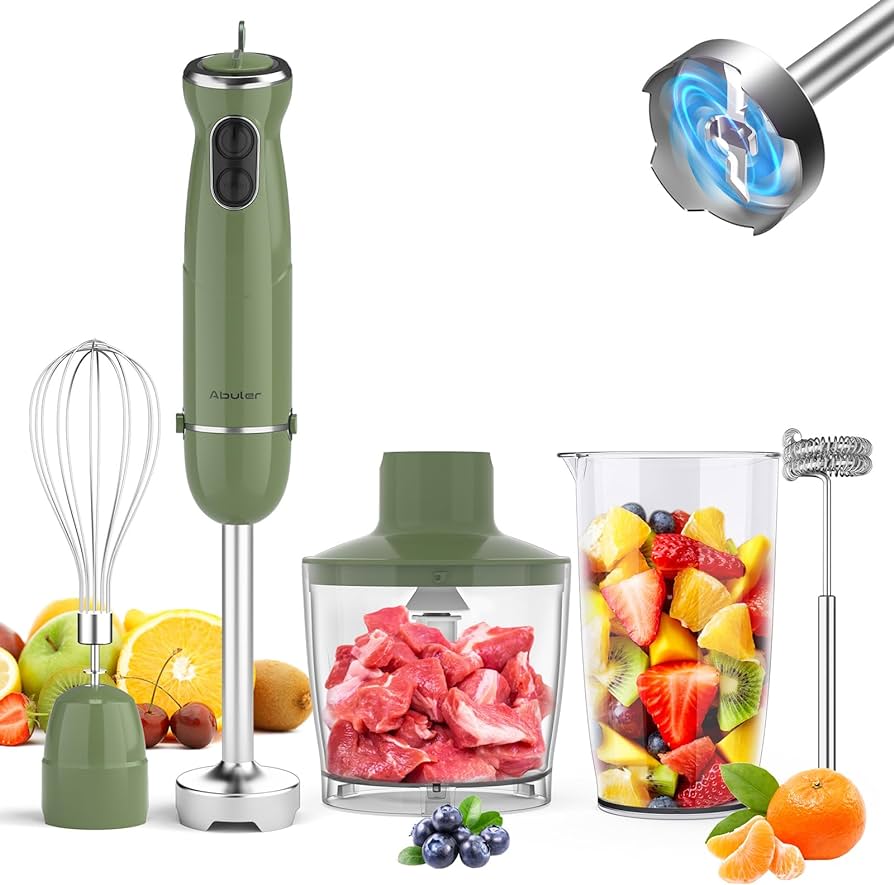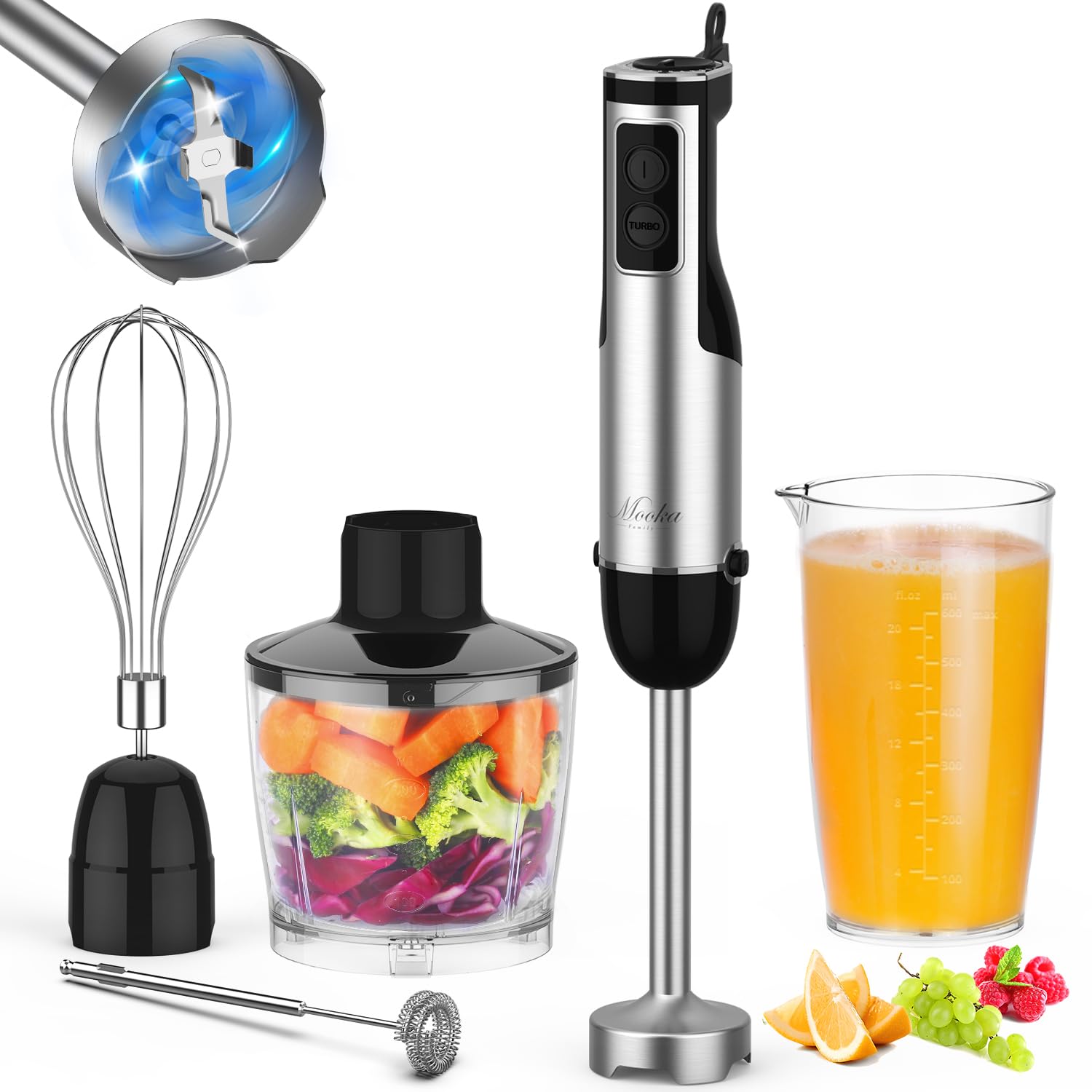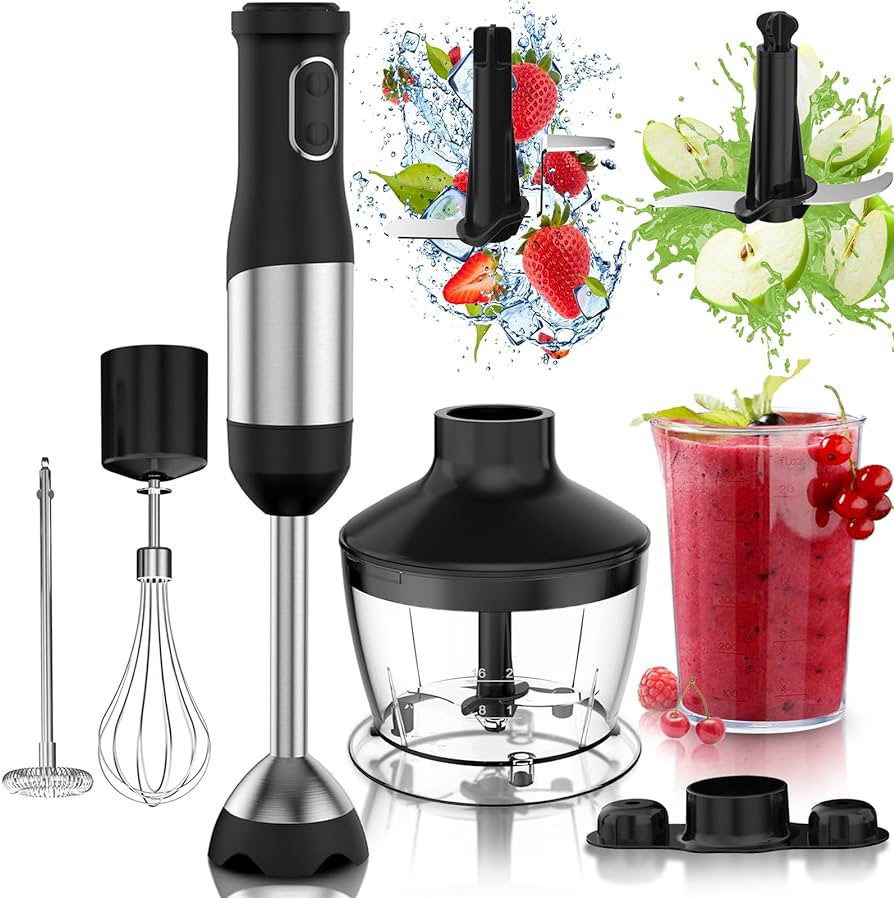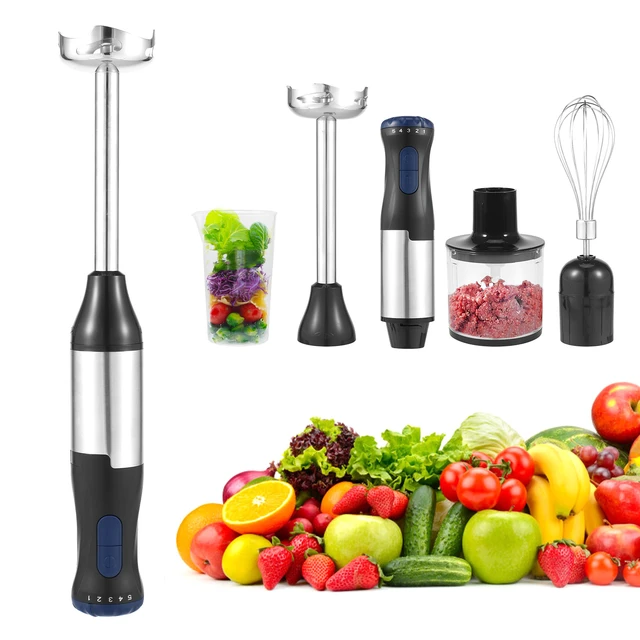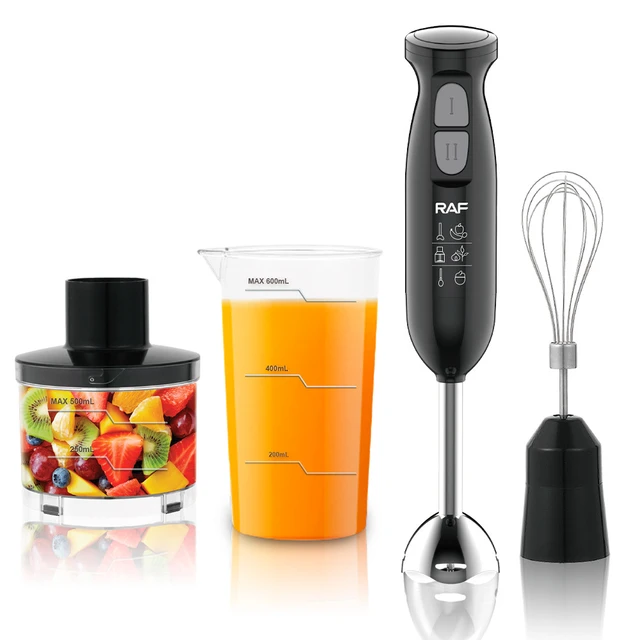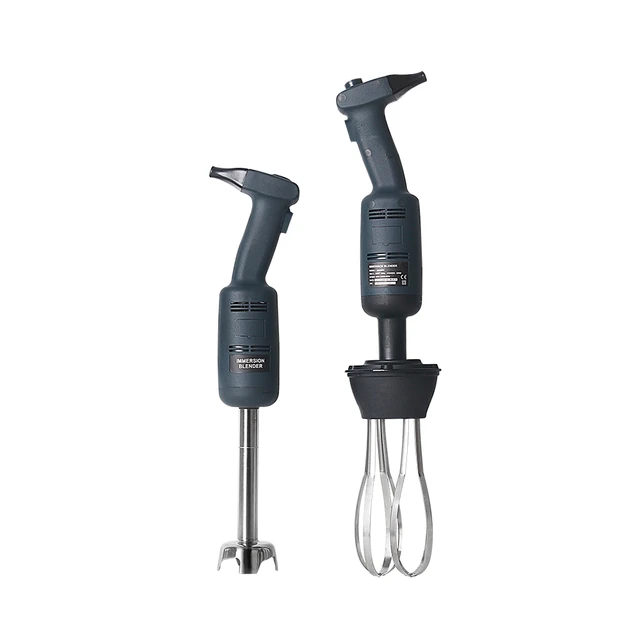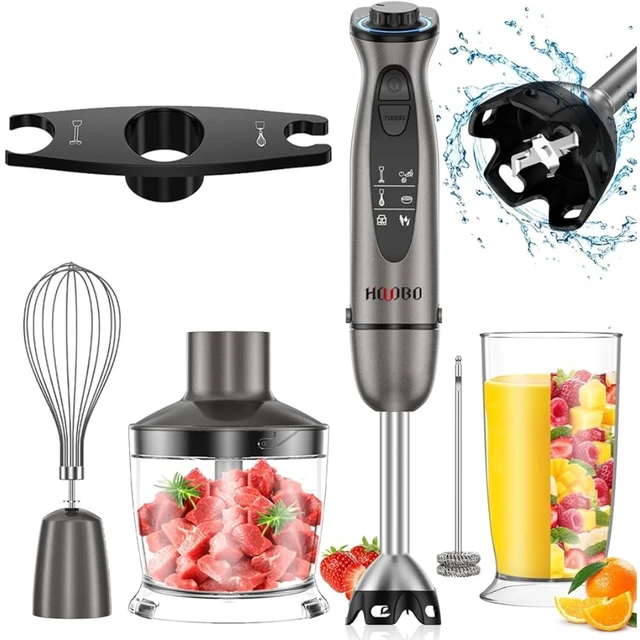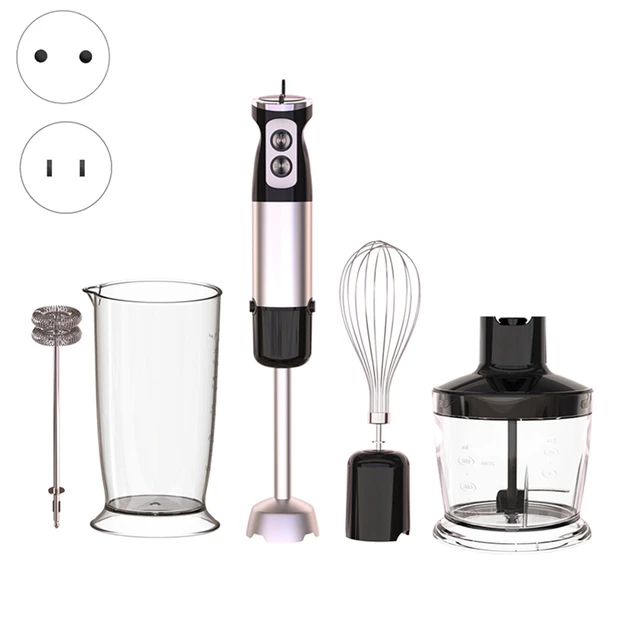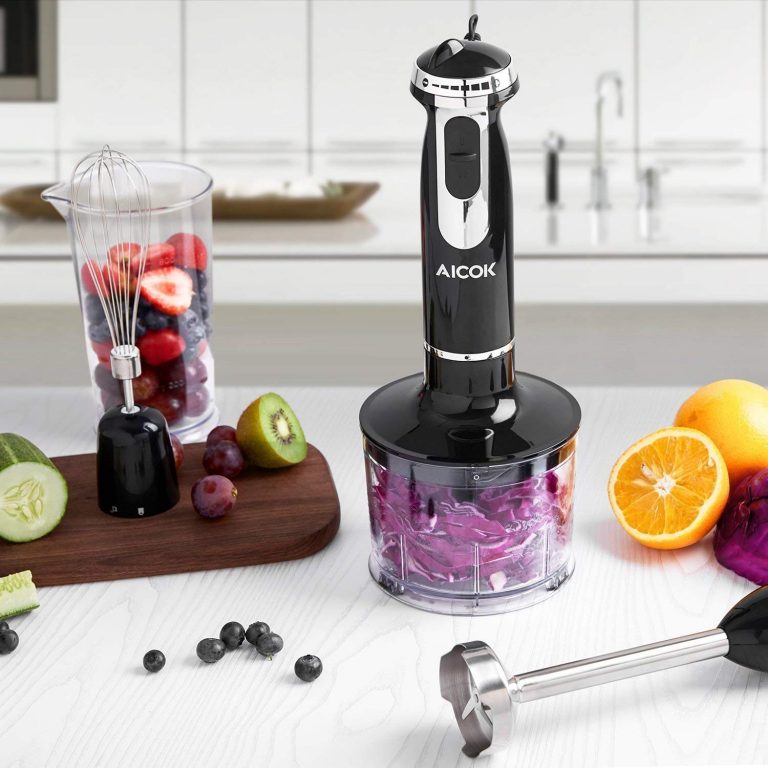
Protein shakes are a convenient and effective way to fuel your body, whether you’re aiming to build muscle, lose weight, or simply maintain a balanced diet. Typically, people rely on blenders to mix their protein powders smoothly with other ingredients. However, what if you don’t have a blender on hand? How can you still enjoy a delicious and creamy protein shake? This article explores various methods and tips for making a protein shake without a blender, ensuring you can maintain your nutritional routine no matter where you are.
The Basics of Protein Shakes
Before exploring alternative mixing methods, it’s crucial to understand the fundamental components of a protein shake. The primary ingredient is, of course, protein powder. Depending on your dietary preferences, this can be whey, casein, plant-based, or another type of protein.
The liquid base is another essential element. Common choices include water, milk (dairy or plant-based), and juice. The choice of liquid can significantly impact the shake’s texture and flavor.
Additional ingredients are often included to enhance flavor, texture, and nutritional value. These might be fruits, nuts, seeds, sweeteners, and flavor extracts. Even without a blender, you can incorporate these elements creatively and effectively.
Understanding these basics will guide you in selecting the appropriate ingredients and methods for making a protein shake without a blender.
Using a Shaker Bottle
One of the simplest and most effective tools for making a protein shake without a blender is a shaker bottle. Designed specifically for mixing protein powders, these bottles usually come with a wire whisk ball or a strainer-style lid.
Start by adding your liquid base to the shaker bottle. This helps prevent the protein powder from sticking to the bottom. Next, add the protein powder and any additional flavorings or supplements.
Ensure the lid is tightly secured to avoid spills. Shake the bottle vigorously for about 30 seconds to a minute. The whisk ball or strainer will help break up clumps and blend the ingredients smoothly.
To enhance flavor and texture, you can add crushed fruits, nut butter, or yogurt. While these additions won’t blend completely, vigorous shaking will incorporate them sufficiently to enjoy their benefits.
A shaker bottle is a convenient and portable solution, making it perfect for on-the-go protein shakes, whether at the gym, office, or home.
Using a Mason Jar or Sealable Jar
If you don’t have a shaker bottle, a mason jar or any sealable jar can be an excellent alternative for mixing a protein shake without a blender.
Start by adding your chosen liquid base to the jar. Following this, add your protein powder and any additional flavorings or supplements. Ensure the jar is only filled two-thirds full to allow enough room for shaking.
Securely close the lid to avoid leaks. Shake the jar vigorously for 30 seconds to a minute. The shaking motion should be enough to mix the protein powder with the liquid, creating a smooth shake.
To make the shake more flavorful and nutritious, consider adding ingredients like honey, cinnamon, or chia seeds. Although these won’t blend perfectly, they will disperse sufficiently through shaking.
Using a mason jar is an easy and effective method, offering flexibility and convenience. It’s also an excellent option for preparing your shake in advance and storing it for later use.
Stirring with a Whisk or Fork
In the absence of any sealable container or shaker bottle, a whisk or even a fork can do the job of creating a protein shake without a blender.
Begin by pouring your liquid base into a mixing bowl. Follow this by adding the protein powder. Using a small hand whisk or fork, stir the mixture rapidly. Make circular motions with the whisk or fork, ensuring you scrape the sides and bottom of the bowl to break up any clumps.
This method might require a bit more effort, so be prepared to whisk vigorously for a couple of minutes. As you whisk, the protein powder should dissolve into the liquid, creating a smooth consistency.
To enhance the shake, you can add ground ingredients like cocoa powder or cinnamon, which will blend more easily with the liquid. Using a whisk or fork might not result in the perfectly smooth texture a blender or shaker bottle offers, but it effectively mixes the primary ingredients.
Stirring with a whisk or fork is a practical solution, especially in a pinch. It’s easy to clean up afterward, making it a hassle-free option for quick protein shakes.
Combining Dry and Liquid Ingredients First
A helpful tip for preventing clumps when making a protein shake without a blender is to mix dry ingredients separately before adding the liquid base. This method ensures smoother incorporation and minimizes the chance of undissolved lumps.
In a separate bowl, combine the protein powder with any other dry ingredients like cocoa powder, matcha, or spices. Stir or shake them in a sealed bag to mix evenly.
Next, add the liquid to your mixing container (shaker bottle, jar, or bowl). Slowly pour in the dry mixture, continually stirring or shaking. This gradual combination prevents large clumps from forming.
If using a jar or shaker bottle, shake vigorously after adding the dry mixture. If using a whisk or fork, continue to stir until the powder is fully dissolved.
Combining dry and liquid ingredients method provides a smoother texture and consistent flavor, especially without access to a blender.
Using Instant Protein Powder
One of the advantages of instant protein powder is its ease of mixing, making it particularly suitable for creating protein shakes without a blender.
Instant protein powders are designed to dissolve quickly and smoothly in liquid. They often contain smaller particles and additional ingredients to aid in quick mixing.
Simply add your instant protein powder to your chosen liquid base. This process can be done in a shaker bottle, jar, or even a glass. Stir, shake, or whisk vigorously for a few seconds. The powder should dissolve easily, creating a smooth shake.
Instant protein powders come in various flavors, making it easy to enjoy a tasty shake without needing extra ingredients. If you prefer more variety, you can still add elements like sweeteners or spices, which will blend seamlessly with the extra particles.
Using instant protein powder is a convenient and practical solution, providing a quick way to enjoy a nutritious protein shake with minimal effort.
Pre-Mixed Protein Shakes
For those times when convenience is paramount, pre-mixed protein shakes offer a straightforward solution that eliminates the need for mixing altogether.
Pre-mixed protein shakes come in ready-to-drink bottles or cartons. These shakes are formulated with the right balance of protein, carbohydrates, fats, and other essential nutrients. You only need to shake the container gently before opening it to ensure the contents are well mixed.
These pre-mixed options are particularly useful for people with busy lifestyles, providing immediate access to a protein-rich beverage. They are available in various flavors and formulations, catering to different dietary preferences and needs.
While pre-mixed shakes might be more expensive than homemade versions, they offer unparalleled convenience and ensure you can meet your protein intake goals even when on the go.
Switching to pre-mixed protein shakes can be excellent for people who prioritize convenience and need a quick, nutritious solution.
Considering Nutrient Additions
Just because you are making a protein shake without a blender doesn’t mean you have to compromise on nutrition. Several ingredients can enhance the shake’s nutritional profile without requiring blending.
Ground flaxseeds or chia seeds are excellent additions. They can easily be mixed into the shake, providing a boost of omega-3 fatty acids and fiber.
Nut butter or seed butter can also be a healthy addition. While these won’t blend smoothly, a good stir or shake can integrate them sufficiently to add flavor and healthy fats.
Adding a splash of unsweetened cocoa powder can provide antioxidants, while cinnamon or turmeric offers anti-inflammatory benefits. Liquid supplements and extracts, like vanilla or almond, are also easy to incorporate, enhancing flavor without requiring blending.
These nutrient additions ensure your protein shake is balanced and nutritionally robust, supporting overall health and fitness goals.
Conclusion
Learning how to make a protein shake without a blender opens up flexibility and convenience, ensuring you never miss out on your nutritional intake regardless of the situation. From using a shaker bottle or mason jar to exploring various ingredients and creative toppings, there are numerous ways to mix up a smooth, enjoyable protein shake. Each method and tip aims to maximize flavor and consistency, ensuring that your shake is both delicious and nutritious. By understanding these techniques and addressing potential issues, you can create satisfying protein shakes anywhere, anytime, maintaining your fitness and nutrition goals effortlessly.
